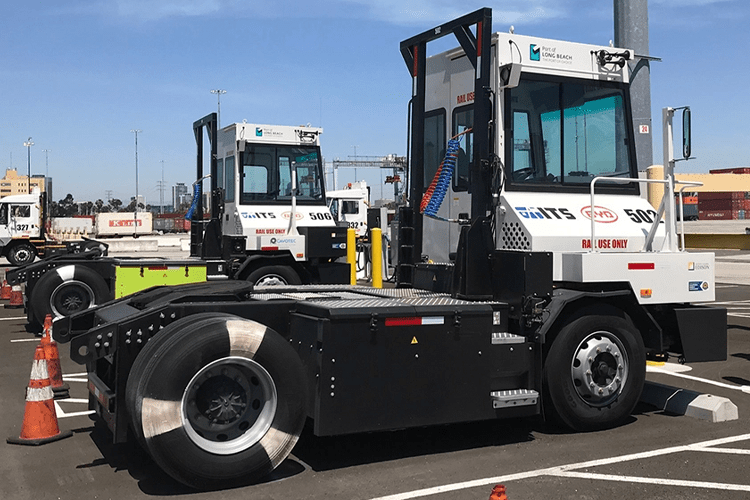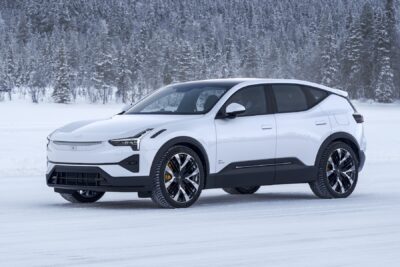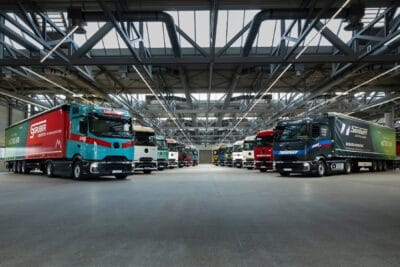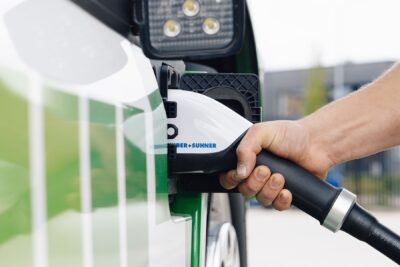California cargo port operations to become ever cleaner
Adjoining the Port of Los Angeles, the Port of Long Beach represents a primary gateway for trade between Asia and the US. It spans 3,200 acres of land with 25 miles of waterfront in the city of Long Beach, California and can move 3.3 million cargo containers annually.
The new grant through the US Federal Highway Administration is part of the ongoing efforts to decarbonise operations. It was provided through the Reduction of Truck Emissions at Port Facilities program under President Biden’s Bipartisan Infrastructure Law. Matched with LBCT’s own funding, the monies will go towards the $44 million LBCT Electrification Advancement Project (LEAP).
The project will replace 155 on-terminal trucks and buses with zero-emission technologies, including charging infrastructure. No information has been disclosed regarding the suppliers or exact timeline.
The Port of Long Beach has been an early adopter when it comes to piloting electric and hydrogen-electric powered vehicles, having set a goal of all zero-emissions cargo-handling equipment by 2030 and a zero-emissions drayage truck fleet by 2035.
LBCT’s more than $2.5 billion, 15-year effort to convert its cranes and cargo-handling vehicles to zero-emission has resulted in an 86 per cent reduction in greenhouse gas and criteria pollutant emissions while quadrupling LBCT’s cargo-handling capacity.
“Our vehicle electrification project, coupled with previous investments, enables LBCT to achieve a unique status that is reframing the way the world views sustainable goods movement, enhancing community quality of life, and climate change,” said Anthony Otto, LBCT Chief Executive Officer.
“The Long Beach Container Terminal is currently one of the cleanest port terminals in the country and a shining example of the public-private partnerships needed to reduce emissions at our nation’s ports, added Congressman Robert Garcia, who had helped the grant.
In addition to LEAP, LBCT’s Net Zero infrastructure transition plan includes other vital elements such as additional electric-charging stations, clean-power generation and storage, converting to EV, another set of trucks that move containers to trains, and onsite renewables.
LBCT currently operates 18 ship-to-shore cranes, six intermodal rail cranes, 69-yard gantry cranes—all electrified—and 102 autonomous battery-powered transport vehicles.





0 Comments